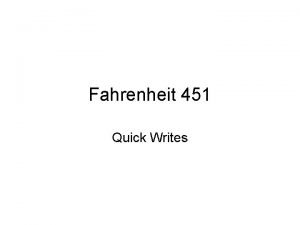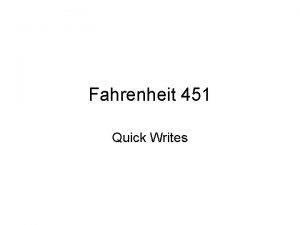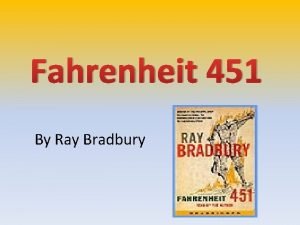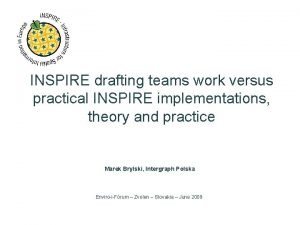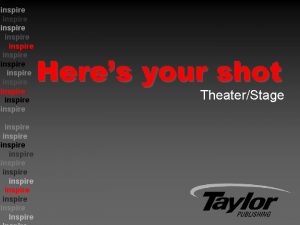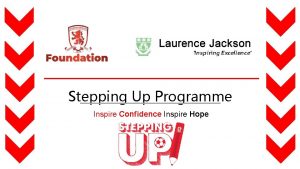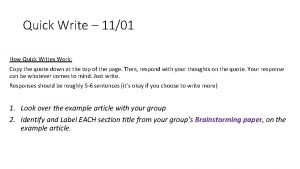Quick Writes Words can inspire and words can









- Slides: 9

Quick Writes “Words can inspire and words can destroy. Choose yours well. ” Robin Sharma Resource: The Writing Book by Kate Grenville

A practical way of thinking about point of view is to ask these questions about your piece: Who’s telling the story? Point of View How much do they know? Are they telling the truth? Point of view is the voice a story speaks with, so it has to be the right voice for the right story.

Write a portrait of yourself – your physical appearance and your personality – from your point of view, in the first person. Try this… It will have a fairly limited point of view, as you don’t know the ‘objective’ truth about yourself, you only know what you think. It’s likely to have a kind of intimacy, although it might be critical as well as sympathetic. See what you discover when you do this. What lang uage and literary devices ar e you goin g to includ e?

Now, using the same basic facts and information, re-write this portrait from the point of view of someone else, the third-person narrative. Now, try this… The person narrating will know different kinds of things and might have different judgements. They might conceal and reveal different things and for different reasons. What lang uage and literary devices ar e you goin g to includ e?

Review your two pieces and edit for clarity, spelling and grammar errors Review, Edit & Share Write a short reflection explaining what you hoped to achieve in your writing, what language and literary devices you used and whether you thought you were successful Share with a classmate and ask them to provide feedback on your work

You can’t have a story without a voice. As soon as you use words, you’re making a series of decisions about how you’ll put them together, and those decisions reflect the writer’s judgement as to which words sounds best. Keep it simple, keep it clear and avoid clichés. Many things go together to make up a voice, among them are: Voice Word choice Syntax (grammar) Imagery and figures of speech Punctuation Dialogue

Select a character from one of the stories within the collection Try this… Imagine what this character looks like in terms of their appearance: their physical characteristics, the way they dress, the way they move, objects they might have around themselves, such as cigarettes or a pipe. These are all external facts about this person and some of them will have no particular significance. For example, if a person has brown hair, that probably doesn’t tell us anything more than a physical fact. However, some of the items you’ve mentioned will represent something about their inner life, the personality, of the person you have described. For example, if their hair is dusty with coal, something about their inner life is being expressed. Go through your description and mark the items that might be a clue to personality. Make a list of these items and write next to it what it indicates about their inner life.

Give your character a ‘voice’. Make a list of the following: Next… What are some of the things that this character might say? What tone of voice do they have? How do they sound?

Create… Based on the description and the voice you have created for the character, write a short response that shows, not tells, the personality and inner life of the character.
 Fahrenheit 451 facts
Fahrenheit 451 facts He who joyfully marches to music in rank
He who joyfully marches to music in rank Fahrenheit 451 plot
Fahrenheit 451 plot Fahrenheit 451 quick writes
Fahrenheit 451 quick writes Quick find vs quick union
Quick find vs quick union The fan blade is speeding up. what are the signs of
The fan blade is speeding up. what are the signs of What is the difference between motivate and inspire
What is the difference between motivate and inspire Set high expectations which inspire motivate and challenge
Set high expectations which inspire motivate and challenge Inspire drafting and design
Inspire drafting and design Computer parts labeling
Computer parts labeling
